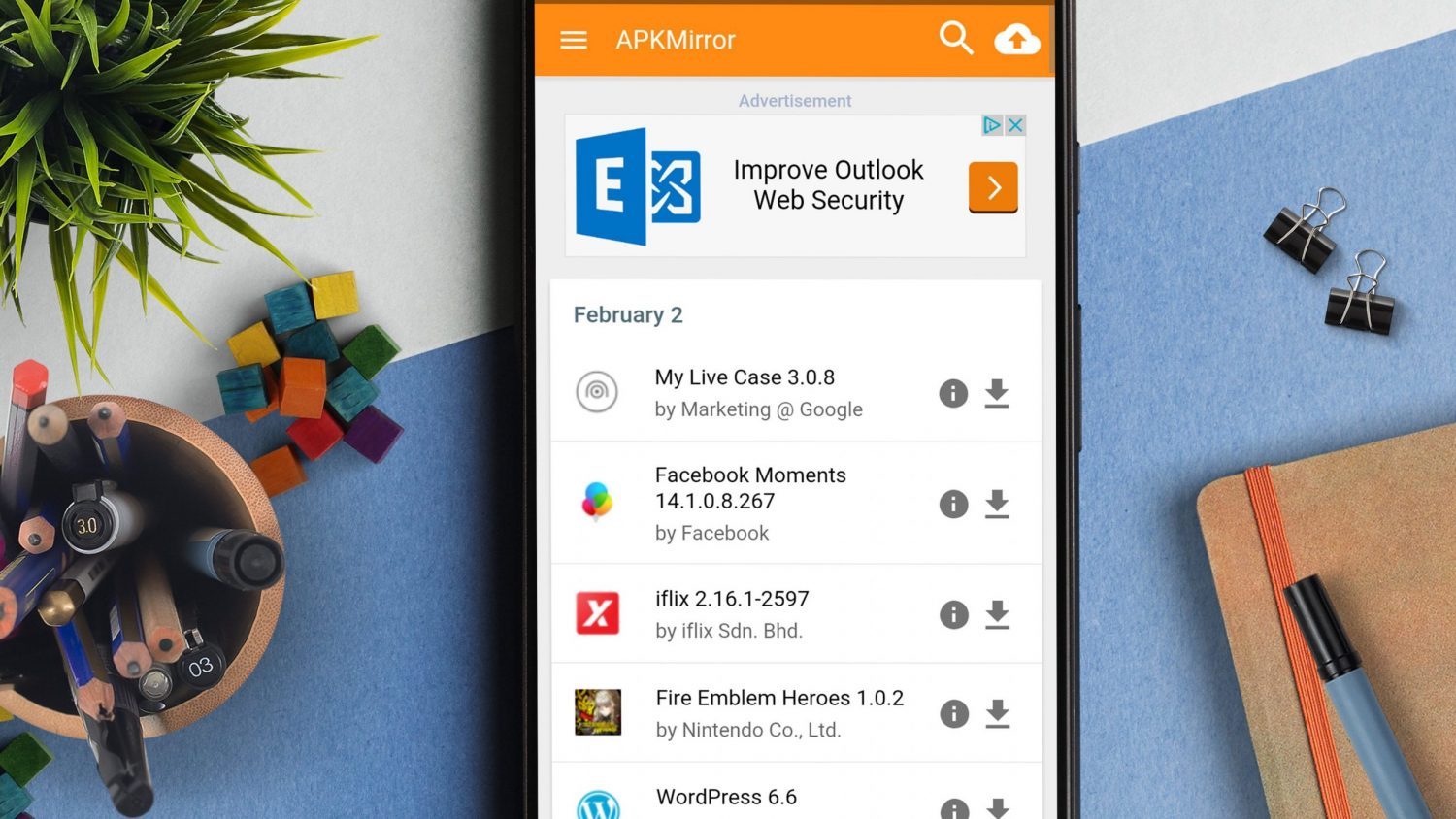The internet can be a dangerous place for kids. There are chat rooms filled with predators, identity thieves, cyberbullies, and scammers seeking vulnerable targets. If what kids might see and hear online doesn’t terrify parents, it should.
At the same time, the internet provides great opportunities for learning and connecting with friends and family. Completely prohibiting your child from getting online eliminates those opportunities. Moreover, if children get online without parental knowledge, they become the ripest targets of all.
Striking a balance is probably the best approach you can take with your kids. Employing safeguards while educating them about the potential dangers will help keep them out of harm’s way. Here are three ways to protect your children online.
1. Supervise Their Surfing
Parental supervision is one of the best ways to protect your kids when they’re using the internet. Children are far more likely to get into trouble when left to (and on) their own devices.
Begin by placing the home computer or tablet in a central family location, not in a bedroom or office. That makes it easier for you to keep an eye on what sites your kids are accessing while you do other things. Knowing you’re right there, kids are less likely to attempt to visit off-limits websites and chat rooms.
What about that cellphone? Its small size and mobility make it an easier device to hide from you. This may be a first-world problem, but it’s a serious one.
You want your child to be able to communicate with you and vice versa. But a smartphone also gives them unfettered access to the internet and social media. That is, unless it doesn’t.
Get a kids phone to stay connected with your child — it’s designed with their safety in mind. These phones enable calls and texts, have cameras and GPS, and provide access to limited, safe, third-party apps. There’s no access to the internet or social media, so kids aren’t left to their own devices with this one.
2. Use Those Parental Controls
Most internet service providers, device operating systems, and platforms these days offer parental control options. There are also programs that block access to certain websites and prohibit sharing of certain information, like credit card numbers. But they don’t work without parental involvement — you need to actually use them.
Let’s say your kids get home from school before you get home from work. That could be two or three hours of time they could be online without your supervision. Although you could just check their browser history when you get home, it’s better to make them wait for you instead.
There are software, hardware, and subscription service options that allow you to control when your home Wi-Fi is available. You can set a limit for the amount of time a child can be online and filter which sites they can access. It’s almost like you’re there, even when you aren’t.
Although these solutions are all designed to be user-friendly, they can be tricky, and some are expensive. You may need to set up a unique profile and pay for a separate subscription for each child. Also, parental controls work on the devices you control but don’t apply if your child uses a friend’s Wi-Fi access.
As is true with most issues raising children, parents can only control what they can. For the rest, you need to educate your kids about online dangers. If you do, they may make better choices when they’re beyond your supervision.
3. Have “The Talk”
This talk is not about the birds and the bees. This one is about the potential dangers of the internet. Both, however, are about life.
The talk about the internet isn’t so different from the talk about the dangers of life offline. There’s stranger danger, adult places they aren’t allowed to go, and privacy of their bodies. There’s also the conversation about not being afraid to ask you questions and share their concerns, no matter what.
These same topics should be addressed about the digital world. Remind your kids that you want to know who their online friends are and how they met them. Advise them why they shouldn’t share information like their home address, full name, or where they go to school.
Avoid sounding like you’re lecturing or scolding when you have these conversations. Instead, make it a discussion by encouraging them to ask questions. You want to educate and reassure your kids, not scare them out of their wits.
It’s your job as a parent to set some rules and hold your kids accountable for obeying them. The likelihood that they’ll comply is increased when they understand why the rules exist in the first place. Make sure they know that all you want to do is protect them from the dangers in the real world and the virtual one.
The World Can Be a Dangerous Place
Albert Einstein, who was a parent himself, said: “The world is a dangerous place to live; not because of the people who are evil, but because of the people who don’t do anything about it.” For certain, parents have to do something about the world’s dangers to protect their children.
Parenting is tough, and the digital world makes it even more difficult than it was for your parents. Embodied dangers you could see are now perpetrated by those hidden online. It’s a challenge — but one you must accept.
Just because you may be less technically savvy than your children doesn’t mean you can’t protect them online. These three ways of doing so require parental instinct, common sense, and, if necessary, a little help from a technician. It’s worth the fight.






